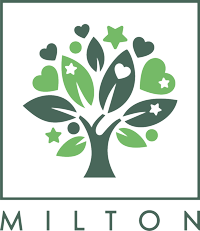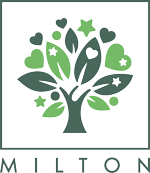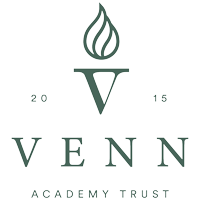
- HOME
- ABOUT US
- CURRICULUM
- LATEST NEWS
- PARENTS & CARERS
- CONTACT
Subject – Computing
At Milton School pupils are taught computing through the scheme ‘Teach Computing’. This is a comprehensive collection of materials produced to support the teaching, and the delivery of the entire English computing curriculum from key stage 1 to 4 (5- to 16-year-olds).
Curriculum Intent
Coherence and flexibility
The Milton Computing Curriculum is structured in units. For these units to be coherent, the lessons within a unit must be taught in order. However, across a year group, the units themselves do not need to be taught in order, with the exception of ‘Programming’ units, where concepts and skills rely on prior learning and experiences
Knowledge organisation
The Milton Computing Curriculum uses the National Centre for Computing Education’s computing taxonomy to ensure comprehensive coverage of the subject. This has been developed through a thorough review of the KS1–4 computing programme of study, and the GCSE and A level computer science specifications across all awarding bodies. All learning outcomes can be described through a high-level taxonomy of ten strands
Curriculum Implementation
Core principles
- Inclusive and ambitious
The Milton Computing Curriculum has been written to support all pupils. Each lesson is sequenced so that it builds on the learning from the previous lesson, and where appropriate, activities are scaffolded so that all pupils can succeed and thrive. Scaffolded activities provide pupils with extra resources, such as visual prompts, to reach the same learning goals as the rest of the class. Exploratory tasks foster a deeper understanding of a concept, encouraging pupils to apply their learning in different contexts and make connections with other learning experiences. As well as scaffolded activities, embedded within the lessons are a range of pedagogical strategies (defined in the ‘Pedagogy’ section of this document), which support making computing topics more accessible.
- Research-informed
The subject of computing is much younger than many other subjects, and as such, there is still a lot more to learn about how to teach it effectively. To ensure that teachers are as prepared as possible, the Milton Computing Curriculum builds on a set of pedagogical principles (see the ‘Pedagogy’ section of this document), which are underpinned by the latest computing research, to demonstrate effective pedagogical strategies throughout. To remain up-to-date as research continues to develop, every aspect of the Teach Computing Curriculum is reviewed each year and changes are made as necessary.
- Time-saving for teachers
The Milton Computing Curriculum has been designed to reduce teacher workload. To ensure this, all the resources a teacher needs are available, covering every aspect from planning, to progression mapping, to supporting materials.
- Structure of the units of work
Every unit of work contains: a unit overview; a learning graph, to show the progression of skills and concepts in a unit; lesson content — including a detailed lesson plan, slides for learners, and all the resources the teacher will need; and formative and summative assessment opportunities.
Curriculum Impact
Assessment
Formative assessment
Every lesson includes formative assessment opportunities for teachers to use. These opportunities are listed in the lesson plan and are included to ensure that misconceptions are recognised and addressed if they occur. They vary from teacher observation or questioning, to marked activities.
These assessments are vital to ensure that teachers are adapting their teaching to suit the needs of the pupils that they are working with, and you are encouraged to change parts of the lesson, such as how much time you spend on a specific activity, in response to these assessments.
The learning objective and success criteria are introduced in the slides at the beginning of every lesson. At the end of every lesson, pupils are invited to assess how well they feel they have met the learning objective using thumbs up, thumbs sideways, or thumbs down. This gives pupils a reminder of the content that has been covered, as well as a chance to reflect. It is also a chance for teachers to see how confident the class is feeling so that they can make changes to subsequent lessons accordingly.
Summative assessment
Pedagogically, when we assess, we want to ensure that we are assessing a pupil’s understanding of computing concepts and skills, as opposed to their reading and writing skills. Therefore, we encourage observational assessment while pupils are still developing their literacy skills. We believe that this is the most reliable way to capture an accurate picture of learning.
Observing learning
To capture summative assessment data of KS1 pupils, we recommend using the success criteria in each lesson and capturing some of the following while the lesson is taking place:
■ The work that pupils complete (marking)
■ Notes on conversations or discussions that you have or hear during an activity
■ Photographs of the work that pupils produce during an activity
■ The pupils’ self-assessments at the end of the lesson
This data is to support teachers’ assessments of the pupils’ understanding of the concepts and skills that were taught in the lesson. To help you make these assessments, you could also use one, or a combination of, the following strategies:
■ Focussing on different pupils each lesson
■ Creating checklists of what you expect to see
■ Focussing on specific pupils

“My favourite thing is seeing my teachers everyday.“

“I think Milton is good and I like maths!“

“Great school – staff are brilliant.“

“I like the teachers, and the leaders are open to student ideas.“



